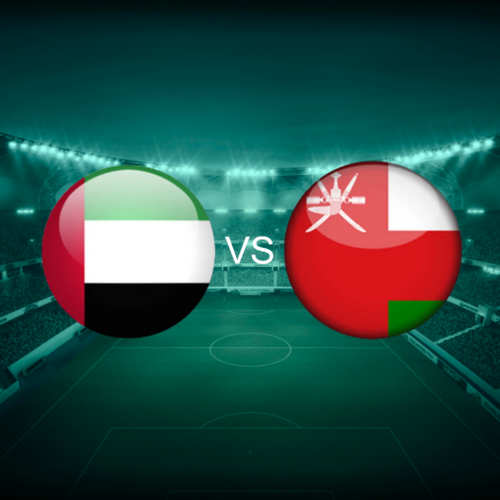Comparing UAE and Oman: Cultures, Economies, and More

The Importance of UAE and Oman in the Gulf Region
The United Arab Emirates (UAE) and Oman are two influential countries in the Gulf region, each offering unique insights into cultural diversity, economic strategies, and social structures. Understanding their differences and similarities is crucial for investors, tourists, and policymakers interested in Middle Eastern geopolitics and cultural exchanges.
Cultural Differences
Oman is often recognized for its rich history and traditions, reflecting the deep-rooted Bedouin culture. Its heritage emphasizes hospitality and community values. In contrast, the UAE, particularly Dubai and Abu Dhabi, represents a modern fusion of Arab culture with global influence, as seen in their cosmopolitan architecture and lifestyle. Although both nations share Islamic traditions, Oman tends to maintain a more conservative approach compared to the liberal practices witnessed in the UAE.
Economic Overview
Economically, the UAE is famous for its rapid growth, driven largely by its oil reserves and tourism sector. Cities like Dubai have transformed into major financial hubs, receiving millions of tourists each year. In contrast, Oman’s economy, while also benefiting from oil resources, is much more reliant on diverse sectors such as fishing, agriculture, and emerging tourism industries. In 2022, UAE’s GDP reached approximately $502 billion, whereas Oman’s GDP stood around $87 billion, showcasing the vast economic disparity between the two nations.
Social Structures and Issues
Socially, the UAE presents a unique blend of a rapidly growing expatriate population alongside its local citizens. The country continues to face discussions regarding labor rights and the treatment of migrant workers. Oman, with a smaller expatriate population, has emphasized maintaining local employment and preserving traditional values. Both countries, despite differing approaches, are increasingly focusing on social reforms to address national aspirations and international image.
Conclusion: Future Predictions
As the UAE and Oman navigate the complexities of the 21st century, their paths may diverge in some areas while converging in others. The UAE is likely to continue embracing its modern identity, while Oman balances modernization with tradition. Both nations will benefit from fostering collaborative ties, which could lead to shared prosperity, especially as they address common challenges like climate change, economic diversification, and geopolitical stability. For readers, understanding the dynamics between these nations offers valuable insights into the broader Middle Eastern landscape and its global significance.









